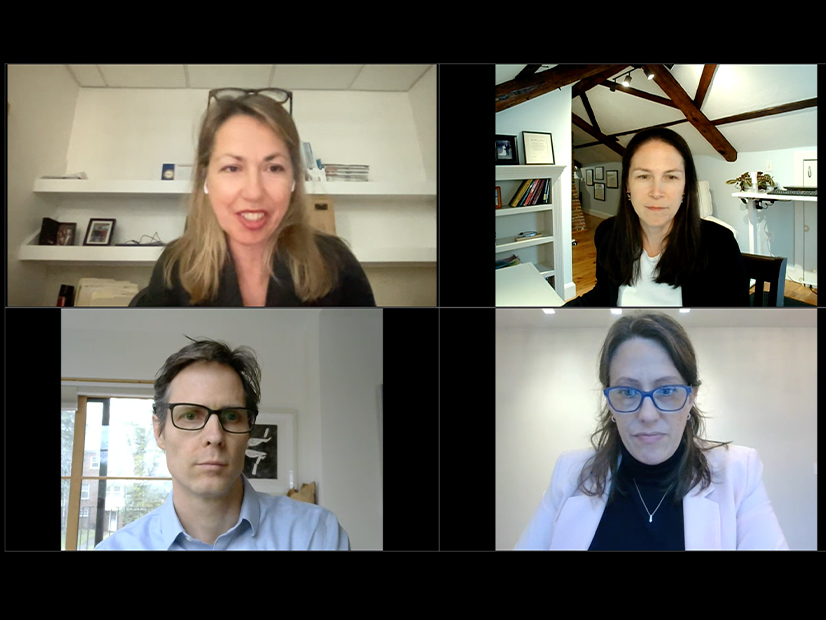
The battle over federal rules controlling power plant emissions is heating up again as the Biden administration’s EPA prepares to issue revised regulations by the end of the year.
The agency is developing the rule even as the Supreme Court considers an appeal of rules issued by the Trump administration and thrown out by the D.C. Circuit Court of Appeals. The high court listened to oral arguments two weeks ago and is expected to issue an opinion in June. (See Supreme Court Hears Arguments on EPA Authority Over GHGs.)
Some of the same issues that cropped up in the Obama administration’s Clean Power Plan (CPP), finalized in 2015, may persist: “beyond the fence line” emission rules, generation shifting, and the even trickier standards promulgated in the Affordable Clean Air Energy (ACE) rule issued by the Trump administration in 2019 for heat rate efficiency.
In a webinar produced Wednesday by D.C.-based OurEnergyPolicy, four of the industry’s top legal minds examined some of these issues.
“I think [among the] things that are being discussed even while we wait for the decision is what should EPA base the standard on,” said Carrie Jenks, executive director of Harvard University’s Environmental and Energy Law Program.
“The power sector has changed [since] the Clean Power Plan was designed and also when ACE was designed. And how does EPA look at that what has happened with technologies? What’s the basis for the standard? What should companies and states be allowed to do in terms of complying with that standard?” she said.
Emily Sanford Fisher, general counsel for the Edison Electric Institute, also noted that technologies have changed since the CPP was introduced.
“Actually quite a lot has changed. One way to think about it is that the Clean Power Plan was aiming to achieve a 32% reduction in industry-wide emissions by 2030. And at the end of 2020, as an industry we were at 40% below 2005 levels.
“So obviously something that EPA in 2015 thought we wouldn’t be able to achieve until 2030 we accomplished without the Clean Power Plan and actually before it even would have taken effect,” she said, adding that the Obama administration gave the industry until 2022 to achieve the lower emissions.
The growth of renewable energy, which Sanford-Fisher noted “is a very competitive form of generation,” and state renewable portfolio standards have also been responsible for making the industry cleaner, she said.
Another factor that changed total emissions was the Obama administration’s decision to issue the final Mercury and Air Toxics Standards, which led to the retirement of about a third of the coal fleet, she said, adding that about 50 of the 65 member companies in EEI have long-term commitments to continue to reduce emissions.
Ben Longstreth, senior attorney with the Natural Resources Defense Council, said he “concurred entirely” with Fisher but added that the emphasis should not be taken off the power sector because it will become even more important as the number of electric vehicles grows.
He also said that EPA is facing mandates that Congress put into the original law.
“NRDC always had a program thinking about the conventional air pollutants — the SOx, NOx, mercury — and while the sector has improved a lot, [the pollutants] remain significant,” he said.
